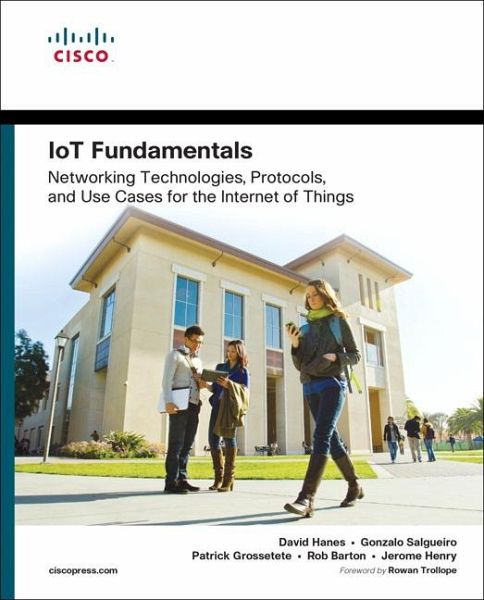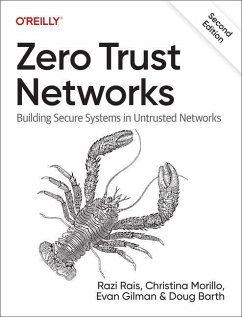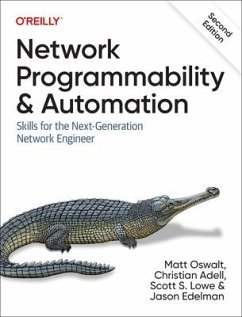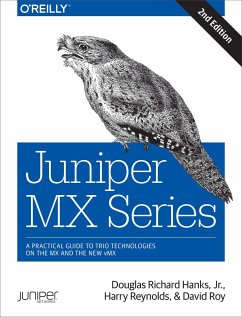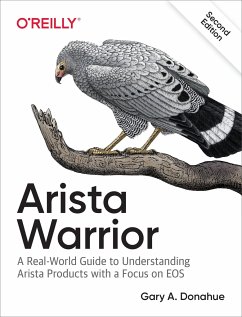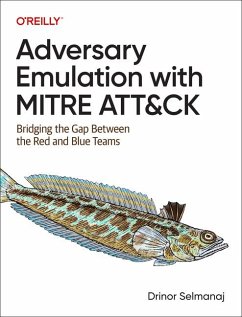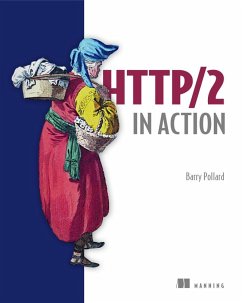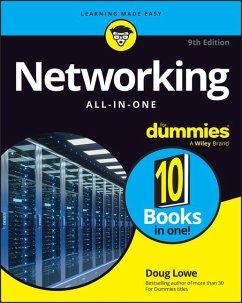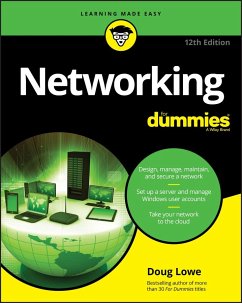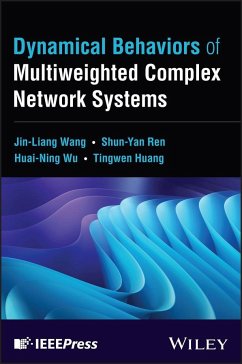David Hanes, CCIE No. 3491, is a Technical Leader specializing in IoT and working in Cisco Technical Services as part of the Cloud Support Technical Assistance Center (TAC). With experience in the incubation of new technologies, he is currently leading the TAC support effort for Cisco’s IoT cloud solutions. He also has technical expertise in the areas of collaboration and cognitive computing. David has multiple patents issued and pending in the areas of IoT and collaboration. He is an active participant in the SIP Forum and in the IETF as an RFC contributor and author. David has written and contributed to various industry publications and white papers and is a coauthor of the Cisco Press book Fax, Modem, and Text for IP Telephony. He has spoken at industry and technical conferences worldwide and has been honored as a Hall of Fame speaker by Cisco Live. Since joining Cisco in 1997, David has worked as a TAC engineer for the WAN, WAN Switching, and Multiservice Voice teams; as a team lead for the Multiservice Voice team; as an escalation engineer covering a variety of VoIP technologies; and as a field trial support engineer. Prior to working at Cisco, David was a systems engineer for Sprint, where he gained his first computer networking experience working on the Frame Relay and X.25 protocols. He holds a degree in electrical engineering from North Carolina State University. Gonzalo Salgueiro, CCIE No. 4541, is a Principal Engineer in Technical Services, working on several emerging technologies and the services opportunities they offer. Gonzalo has spent more than 20 years at Cisco, establishing himself as a subject matter expert, innovator, and industry thought leader in various technologies, including Collaboration, ML/AI, Cloud, and IoT. Gonzalo is an established member of numerous industry organizations and is a regular presenter and distinguished speaker at a variety of technical industry conferences and Cisco events around the world. He currently holds various industry leadership roles, including serving as a member of the Board of Directors of the SIP Forum, co-chair of the INSIPID and SIPBRANDY IETF working groups, member of the IoT Directorate in the IETF, and co-chair of the WebRTC Task Group, IPv6 Task Group, and FoIP Task Group in the SIP Forum. He is an active contributor to various industry organizations and standardization activities. Gonzalo co-authored the Cisco Press book Fax, Modem, and Text for IP Telephony. He has also co-authored 24 IETF RFCs, 4 IEEE papers, 4 ITU contributions, and numerous industry and academic research papers on a variety of different technical topics. He is also coinventor of 65+ patents (issued and pending) and has contributed to various interop and open source development efforts. Gonzalo received a master’s degree in physics from the University of Miami. Patrick Grossetete is a Distinguished Engineer, Technical Marketing, working on field communication architecture and design (IEEE 802.15.4g/e RF, IEEE 1901.2a PLC, LoRaWAN, IPv6, 6LoWPAN, RPL, ...) in the Cisco Internet of Things Connected Group. He joined Cisco through its acquisition of Arch Rock, where he was Director of Product Management and Customer Solutions, focusing on IPv6-based wireless sensor network technology for smart grid, energy, and environmental optimization applications. Previously, Patrick led a product management team at Cisco, responsible for a suite of Cisco IOS software technologies, including IPv6 and IP Mobility. Patrick regularly speaks at conferences and industry events, including the IPv6 Forum, which he joined in 1999 as a Cisco representative. Patrick also acts as reviewer on European Commission–sponsored projects, including GEANT and ENVIROFI. Patrick is coauthor of the books Global IPv6 Strategies and Deploying IPv6 Networks, published by Cisco Press, as well as several white papers, such as Unified Field Area Network Architecture for Distribution Automation (2014) and IPv6 Architecture for Field Area Networks (2012). In June 2003, he received the IPv6 Forum Internet Pioneer Award at the San Diego Summit, and he is an IPv6 Forum Fellow. Before his days at Cisco and Arch Rock, he worked at Digital Equipment Corporation as a consulting engineer and was involved with network design and deployment. He received a degree in computer science from the Control Data Institute, Paris, France. Rob Barton, CCIE No. 6660 (R&S and Security), CCDE No. 2013:6, is a Principal Systems Engineer working in Cisco’s Digital Transformation and Innovation organization. Rob is a registered professional engineer (P.Eng) and has worked in the IT industry for more than 20 years, the last 17 of which have been at Cisco. Rob graduated from the University of British Columbia with a degree in engineering physics, where he specialized in computer and radio communications. Rob’s areas of interest include wireless communications, IPv6, IoT, and industrial control systems. Rob coauthored the Cisco Press book End-to-End QoS, 2nd edition. He resides in Vancouver, Canada, with his wife and two children. Jerome Henry, CCIE No. 24750, is a Principal Engineer in the Enterprise Infrastructure and Solutions Group at Cisco systems. Jerome has more than 15 years’ experience teaching technical Cisco courses in more than 15 countries and 4 languages, to audiences ranging from bachelor’s degree students to networking professionals and Cisco internal system engineers. Focusing on his wireless and networking experience, Jerome joined Cisco in 2012. Before that time, he was consulted and taught heterogeneous networks and wireless integration with the European Airespace team, which was later acquired by Cisco to become their main wireless solution. He then spent several years with a Cisco Learning partner, developing networking courses and working on training materials for emerging technologies. Jerome is a certified wireless networking expert (CWNE No. 45) and has developed multiple Cisco courses and authored several wireless books and video courses. Jerome is also a member of the IEEE, where he was elevated to Senior Member in 2013, and also participates with Wi-Fi Alliance working groups, with a strong focus on IoT and low power. With more than 10,000 hours in the classroom, Jerome was awarded the IT Training Award Best Instructor silver medal. He is based in Research Triangle Park, North Carolina.
